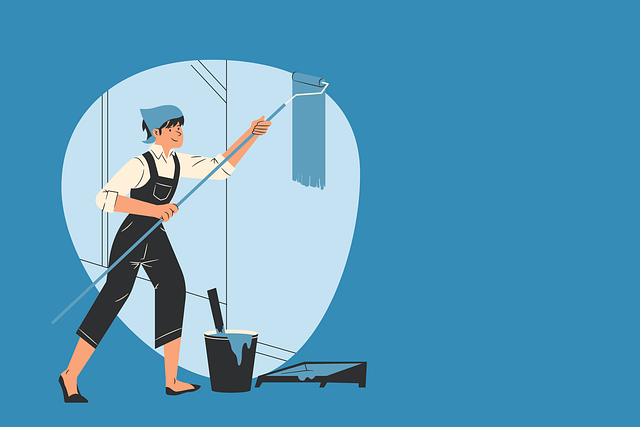Bathroom tiles face various issues like mold growth, discolouration, and grout bacteria due to moisture exposure and frequent use. Regular cleaning and maintenance with non-abrasive cleaners prevent these problems. The right tools, including a vacuum, steam cleaner, protective gear, and natural cleaning solutions, ensure effective tile cleaning. Deep cleaning grout with vinegar and baking soda, and specialized restoration methods for damaged tiles, restore their aesthetic appeal and longevity. Proper sealing and consistent cleaning inhibit mold growth and extend tile lifespans. Professional help is recommended for severe damage, using advanced techniques and high-quality materials to ensure a revitalized bathroom.
Looking to revitalize your bathroom? Bathroom tile, once vibrant and gleaming, can show signs of degradation from everyday wear and tear. This article is your guide to restoring that spa-like ambiance. We explore common causes of tile damage, empowering you with the knowledge to prevent future issues. Learn essential cleaning techniques, discover effective tools and products, and master a step-by-step grout restoration process. From stain removal to sealing tips, we’ve got you covered for all things bathroom tile cleaning.
Understanding Bathroom Tile Degradation: Common Causes and Effects

Bathroom tiles, over time, can suffer from various forms of degradation due to several common factors. One of the primary causes is moisture exposure, as bathrooms are inherently damp environments. This leads to issues like mold growth and discolouration, especially in older tiles with poor waterproofing. The grout between tiles also becomes a breeding ground for bacteria and mildew if not maintained properly through regular bathroom tile cleaning.
Another significant factor is wear and tear from frequent use. High traffic areas can cause tiles to chip, crack, or become loose, leading to an unattractive appearance. Discolouration from soap scum, hard water stains, and even previous attempts at DIY cleaning can also detract from the initial beauty of the tiles. Understanding these causes is crucial in developing effective bathroom tile restoration strategies.
The Importance of Regular Cleaning and Maintenance for Tile Surfaces

Regular cleaning and maintenance are essential aspects of preserving the beauty and longevity of bathroom tile surfaces. Daily or weekly cleaning routines, depending on foot traffic and use, can prevent buildup of dirt, stains, and grime that may otherwise etch into the grout lines and tile itself. Proper Bathroom Tile Cleaning involves using non-abrasive cleaners to avoid damaging delicate finishes or textures, while also ensuring that all products used are safe for both human health and the environment.
Consistent maintenance not only keeps tiles looking fresh but also helps to extend their lifespan by deterring mold, mildew, and other harmful growths that can weaken tile and grout structures. Regular inspection allows for quick addressing of any issues before they escalate, whether it’s resealing grout or repairing damaged tiles. This proactive approach ensures the bathroom remains a sanctuary of cleanliness and aesthetics, providing a relaxing space free from the burdens of maintenance headaches.
Essential Tools and Materials for Effective Bathroom Tile Cleaning
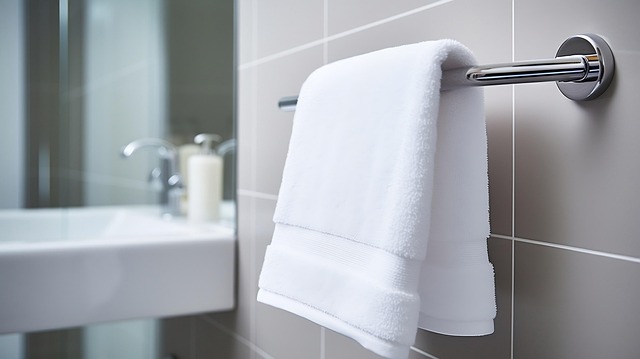
When tackling bathroom tile cleaning and restoration, having the right tools and materials is paramount for achieving effective results. Start with a good quality vacuum or broom designed to handle hard surfaces, as this will help remove loose dirt and debris embedded in the grout lines. A powerful steam cleaner is another essential tool; it’s excellent for deep cleaning and killing bacteria, leaving your tiles sparkling clean.
Don’t forget the importance of protective gear, such as gloves, a mask, and goggles to safeguard against chemicals and dust. Additionally, invest in a good tile scrubber or brush with stiff bristles to tackle tough stains and a bucket to prepare cleaning solutions. For scrubbing and polishing, microfibre cloths and a squeegee will come in handy, ensuring a streak-free finish. Lastly, stock up on appropriate cleaning solutions like mild detergent, vinegar, and baking soda, all natural and safe for tile surfaces.
Step-by-Step Guide to Deep Cleaning and Restoring Tile Grout

Deep cleaning and restoring tile grout is a crucial step in revitalizing your bathroom’s appearance. Here’s a straightforward, step-by-step guide to help you achieve like-new condition. Begin by removing any loose debris or dirt from the grout using a stiff brush or vacuum attachment. Next, prepare a cleaning solution mixing one part water with one part white vinegar; this natural cleaner is effective yet gentle on tile and grout. Apply the solution to the grout lines using a spray bottle or clean cloth, ensuring even coverage.
Let the mixture sit for 15-20 minutes to allow the vinegar’s acidity to dissolve any built-up grime. Then, scrub the grout thoroughly with a soft-bristled brush or grout cleaning tool. Rinse the area well with warm water to remove all residue, and dry it completely with a clean towel. Finally, reapply caulk or sealant if needed, filling in any gaps to prevent future moisture intrusion and ensure your bathroom tile cleaning and restoration project stands the test of time.
Removing Stains, Mold, and Mildew: Advanced Techniques and Products
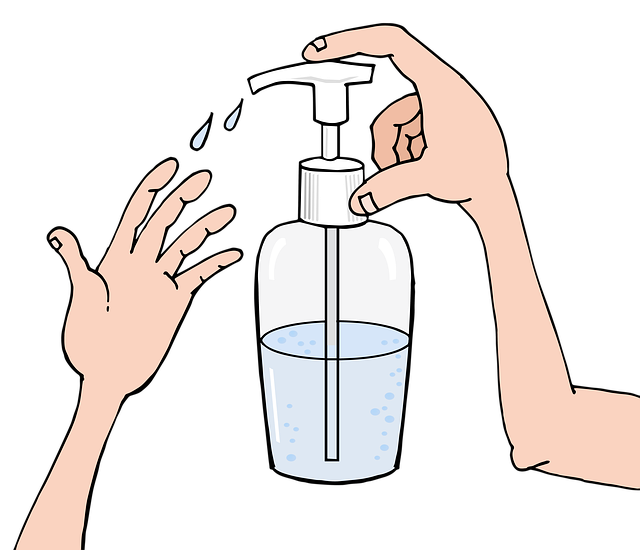
Removing stains, mold, and mildew from bathroom tiles is a crucial step in restoration. Advanced techniques involve using specialized cleaning products designed for ceramic and porcelain surfaces. These products often contain enzymes that effectively break down organic matter, including mold and mildew, leaving behind a clean and sanitised surface.
For stubborn stains, a combination of warm water, baking soda, and vinegar can be powerful. This natural cleaning solution is gentle yet effective in lifting discolouration without damaging the tile finish. Regular bathroom tile cleaning with these advanced techniques and products not only restores the aesthetic appeal but also prevents the growth of mold and mildew, ensuring a healthier and more refreshing space.
Sealing and Protecting Your Tiles: Best Practices for Longevity

After restoring your bathroom tiles, proper sealing and protection are crucial for longevity. Sealing your tiles with a high-quality water-repellent product creates a barrier against moisture, preventing stains and delays in drying. This is especially important in humid bathrooms, where condensation can lead to tile damage over time.
Regular cleaning plays a significant role too. Use non-abrasive cleaners and soft cloths or sponges to avoid scratching the tile surface or damaging the sealer. Preventing buildup of soap scum, mold, and mildew ensures your tiles stay protected and looking their best. By combining sealing, protection, and consistent cleaning practices, you can significantly extend the life of your restored bathroom tiles.
When to Consider Professional Help for Major Restoration Projects
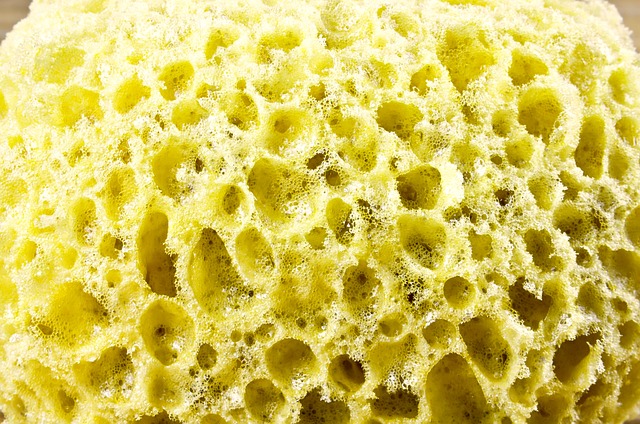
If your bathroom tiles have seen better days, with stains, grout damage, or chips and cracks, it might be time to consider professional help for a complete restoration. While DIY methods like scrubbing with bleach or grout cleaners can temporarily improve appearances, they won’t address deeper issues. Major restoration projects often involve removing old tile and grout, repairing or replacing damaged surfaces, and re-grouting—tasks that require specialized tools and expertise.
Professional bathroom tile restorers can assess the extent of damage and offer tailored solutions, from partial repairs to complete overhauls. They have access to high-quality materials and advanced cleaning techniques for effective stain removal, ensuring a fresh and vibrant look. Plus, professionals prioritize safety by using appropriate personal protective equipment and adhering to industry standards, giving you peace of mind that your space is in capable hands.
Choosing the Right Restoration Method for Different Tile Types
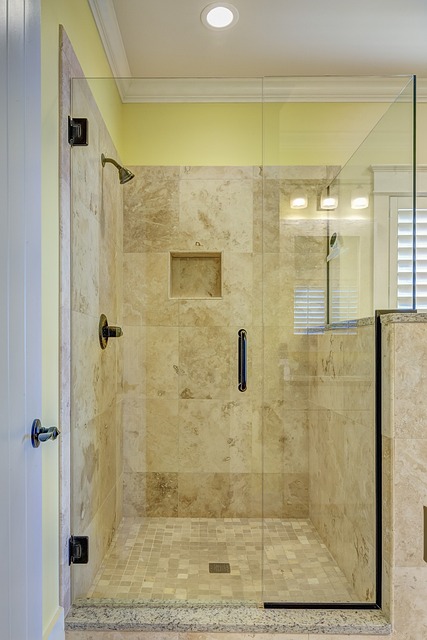
When it comes to bathroom tile restoration, selecting the appropriate method is key to achieving optimal results for various tile types. Different tiles, from ceramic to natural stone, have unique characteristics that require tailored care. For instance, porcelain tiles often benefit from chemical cleaning solutions due to their dense composition, while softer stones like marble might need a more gentle approach to avoid etching.
Bathroom tile cleaning isn’t one-size-fits-all. For older tiles with built-up grime and stains, a deep cleaning and sealing process is recommended. This involves using specialized cleaners to loosen dirt, followed by rinsing and applying a protective sealant to prevent future staining. Modern techniques like sandblasting or diamond grinding are suitable for more delicate tiles, offering precise removal of damaged finishes without causing excess wear.
